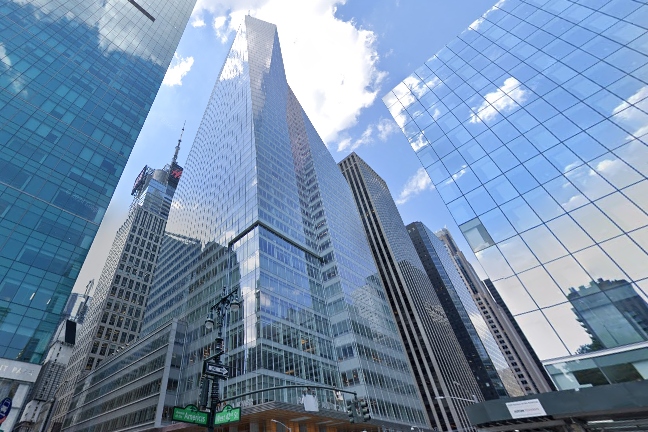A landmark skyscraper that integrates Aircuity’s demand control ventilation to enhance sustainability and occupant comfort.
Bank of America Tower


A landmark skyscraper that integrates Aircuity’s demand control ventilation to enhance sustainability and occupant comfort.

Aircuity is a critical piece of an optimal school design.
Children will spend an average of 978 hours at school this year compared to just 200 hours outdoors. Yet, US EPA studies show that indoor levels of pollutants are 2-5x higher than those outdoors.
Aircuity complements DOAS, VRF/VRV, and chilled beam systems, reducing cost and enabling net-zero design.
Indoor environmental quality data on CO₂, CO, particles, and TVOCs is available 24/7.

Air quality impacts performance and wellbeing; healthy spaces attract and retain top talent.
Optimising indoor environment gives commercial landlords an edge.
Supports air-focused certifications using real-time data.
24/7 access to intelligent IEQ data and historical trends.

Aircuity provides healthier indoor environments, deep energy savings, and actionable analytics to universities.
Typical IRR of 40–60% and payback under 3 years.
Energy savings fund other upgrades like lab controls.
Indoor pollutants 2–5× outdoor levels; air quality is tied to cognitive performance.

Aircuity optimizes ventilation for healthy indoor environmental quality throughout the healthcare facility while saving energy.
1 in 25 hospital patients has at least one nosocomial infection. Aircuity impacts infection control through better IEQ.
Smart data supports healthcare reporting requirements.
Average energy savings can be as much as 75% in critical spaces, and 10–30% in areas with variable populations.